 AT&T supervisors ordered operators to aid Nigerian fraudsters making free calls that cost millions in credit card fraud and the life savings of some victims, while AT&T collected more than $16 million in reimbursements paid by telephone ratepayers across the country.
AT&T supervisors ordered operators to aid Nigerian fraudsters making free calls that cost millions in credit card fraud and the life savings of some victims, while AT&T collected more than $16 million in reimbursements paid by telephone ratepayers across the country.
Last week, AT&T admitted no wrongdoing but agreed to pay a $3.5 million settlement to the operator the company fired after complaining about widespread fraudulent use of a service intended to help the hearing and speech impaired.
The story is now the subject of a movie script, reports The New Castle News. It begins in 2003, when AT&T was required by the Americans with Disabilities Act to provide operators willing to relay conversations from hearing or speech impaired individuals typing on a computer or device and the people they called.
AT&T employed at least 150 operators at a western Pennsylvania call center in a former shopping mall just to assist with international relay calls. One of them was Constance Lyttle.
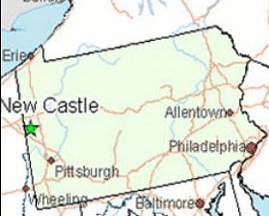 AT&T’s international relay service offered those overseas the opportunity to make a free, untraceable relay phone call to any number in the United States. AT&T billed the FCC-administered fund $1.30 a minute for calls placed through the relay operator.
AT&T’s international relay service offered those overseas the opportunity to make a free, untraceable relay phone call to any number in the United States. AT&T billed the FCC-administered fund $1.30 a minute for calls placed through the relay operator.
The service quickly became popular… with Nigerian scammers who used it to make free calls to American businesses. In fact, according to a lawsuit filed in 2010, around 95 percent of all calls placed through AT&T’s international relay service came from con artists peddling various scams and ordering merchandise with stolen credit cards from unsuspecting businesses.
The Nigerians used hard-to-track public Internet terminals to initiate calls through AT&T’s relay center. An AT&T operator would read the words typed by the con artist over the phone to the person called and type back any responses.
Lyttle testified the usual target for the scam was a unknowing small business willing to accept credit card orders from Nigeria or an individual willing to advance their life savings in return for promised larger payout unlocked by their deposit. It was all made possible with the help of AT&T, which earned several dollars for every successfully completed call.
Lyttle said the operators in the call center immediately understood what was going on and complained repeatedly about the abuse of the system. In response, AT&T “made workers sign agreements that they would put through the scam and fraudulent calls, and they actually used those words,” said Lyttle’s attorney, who also happens to be her sister. “The workers at the call center were afraid they would lose their jobs. AT&T paid very well and good-paying jobs are hard to come by in western Pennsylvania.”

Nigerians exploited the AT&T Relay service call center located at this former mall in New Castle, Penn.
The lawsuit against AT&T alleged the phone company had full knowledge of what was going on but didn’t want to lose a lucrative contract that resulted in at least $16 million in reimbursements.
“They were getting $1.30 per minute for these calls,” said Lyttle’s attorney. “Think about the volume of calls that were being made.”
Lyttle’s attorney said Constance would sabotage some calls to stop the fraud, falsely claiming the party at the other end had hung up. Her 2010 lawsuit alleged her effort to protect the public from Nigerian scam artists was the reason she was fired in 2010 after 13 years with AT&T.
Her lawsuit soon attracted the interest of the U.S. Department of Justice. In March 2012, the federal agency joined the case. Lyttle was designated a “whistleblower” and her involvement in the federal lawsuit was initially kept secret. Earlier this year AT&T agreed to reimburse the Federal Communications Commission more than $18 million for abandoning their responsibility to block the overseas scammers not qualified to use the relay service. AT&T also admitted a percentage of callers did use the service for illicit purposes.
Lyttle herself received a settlement proposal of $3.5 million in her whistleblower case. AT&T also offered her old job back but she turned them down, saying she preferred her current part-time job over returning to AT&T.
It’s just as well. The New Castle, Penn. call center at the epicenter of more than $20 million in reimbursements and settlements was ordered closed by an unnamed AT&T executive in November.
“I was told 125 employees would lose their jobs in the next 12 to 15 months,” said New Castle Mayor Anthony Mastrangelo. “I don’t know if the local people will lose their jobs or have the option to be transferred.”


 Subscribe
Subscribe Cox Communications is contemplating jumping into the bidding for
Cox Communications is contemplating jumping into the bidding for 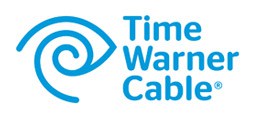 Cox and Cablevision, the nation’s two largest privately held or controlled cable companies, have both been mentioned as targets for takeover in a rush to consolidate the cable industry. Cablevision has been rumored to be on the verge of selling for years, but the Dolan family that founded the cable operator has the final say. Cox previously indicated it had no intention of selling, preferring to explore buying opportunities.
Cox and Cablevision, the nation’s two largest privately held or controlled cable companies, have both been mentioned as targets for takeover in a rush to consolidate the cable industry. Cablevision has been rumored to be on the verge of selling for years, but the Dolan family that founded the cable operator has the final say. Cox previously indicated it had no intention of selling, preferring to explore buying opportunities.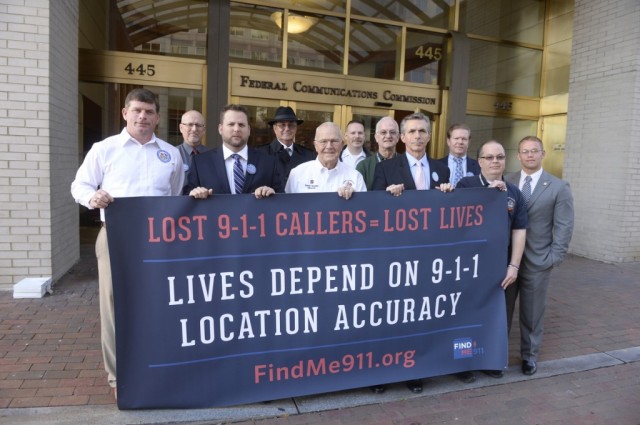
 Deanna Cook of Rylie, Tex is just one victim who might still be alive today if 9-1-1 operators could have tracked her precise location. Last August, Cook called 9-1-1 from her home but was too badly injured in a domestic violence incident to provide her address. Operators relied on the current system to access her location. It took just a few seconds to find the cell tower Cook was accessing to place the call. Shortly after that, Cook’s street and general location became available in about a block-wide circumference, part of what the industry calls “Phase One” data. But the operator had to wait nine minutes for Cook’s wireless provider to finally pinpoint what they believed to be her exact address, the critical “Phase Two” data that can bring help to the right door.
Deanna Cook of Rylie, Tex is just one victim who might still be alive today if 9-1-1 operators could have tracked her precise location. Last August, Cook called 9-1-1 from her home but was too badly injured in a domestic violence incident to provide her address. Operators relied on the current system to access her location. It took just a few seconds to find the cell tower Cook was accessing to place the call. Shortly after that, Cook’s street and general location became available in about a block-wide circumference, part of what the industry calls “Phase One” data. But the operator had to wait nine minutes for Cook’s wireless provider to finally pinpoint what they believed to be her exact address, the critical “Phase Two” data that can bring help to the right door.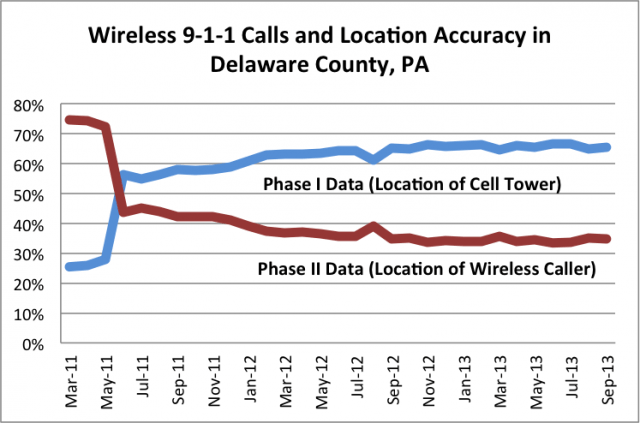
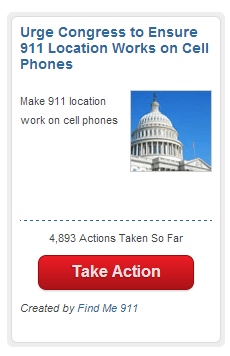 The Coalition notes the FCC’s data shows an alarming drop in more accurate “Phase Two” data from 75 percent of all wireless calls placed during March 2011 to just 35% in September of this year.
The Coalition notes the FCC’s data shows an alarming drop in more accurate “Phase Two” data from 75 percent of all wireless calls placed during March 2011 to just 35% in September of this year. “Use it or lose it” is the policy under which the Federal Communications Commission licenses scarce, publicly owned airwaves, but in practice companies warehousing unused spectrum can sell it off and make a handsome profit.
“Use it or lose it” is the policy under which the Federal Communications Commission licenses scarce, publicly owned airwaves, but in practice companies warehousing unused spectrum can sell it off and make a handsome profit.

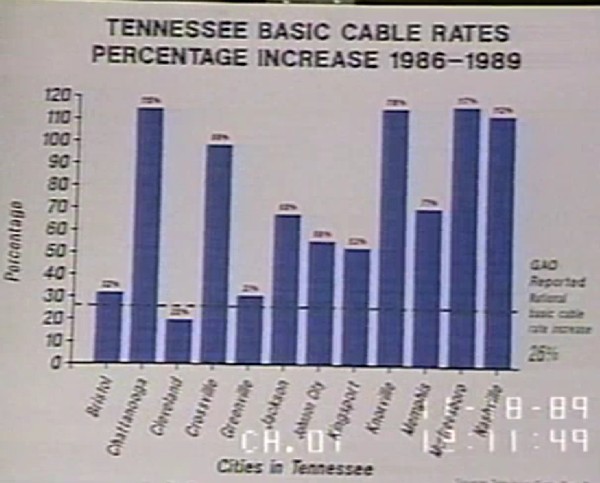 In reality, after the passage of the 1984 Cable Act, cable systems were bought and sold in a frenzy that left control ultimately in the hands of a handful of operators. Soon after, cable rates skyrocketed and cable-industry-owned networks and channels were shoveled on to cable lineups. With every sale and every new channel addition, rates were raised even higher, whether customers wanted the extra programming or not.
In reality, after the passage of the 1984 Cable Act, cable systems were bought and sold in a frenzy that left control ultimately in the hands of a handful of operators. Soon after, cable rates skyrocketed and cable-industry-owned networks and channels were shoveled on to cable lineups. With every sale and every new channel addition, rates were raised even higher, whether customers wanted the extra programming or not.